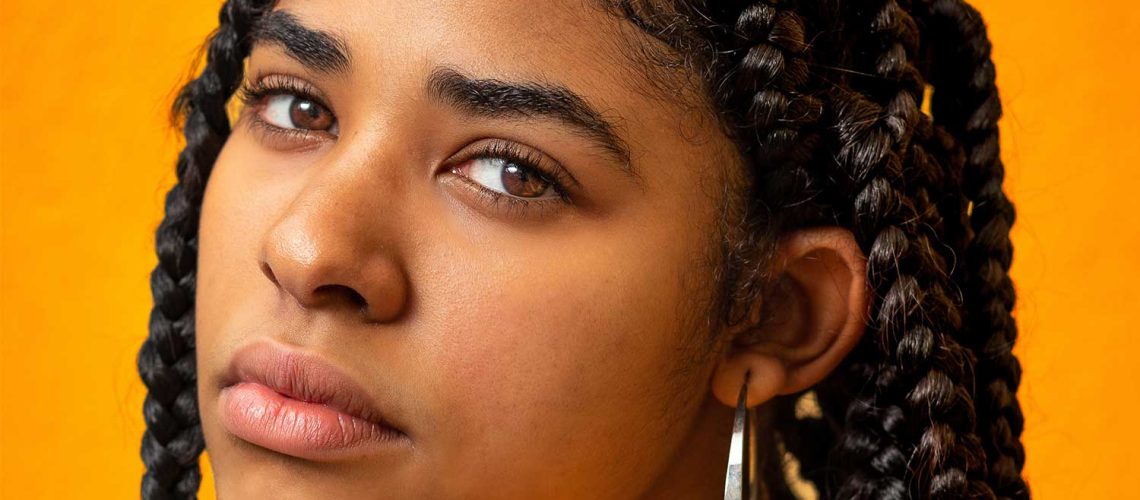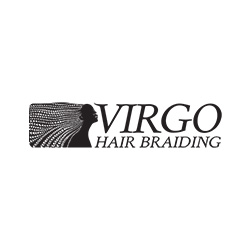Have you found yourself in a love hate relationship with your freshly braided hair and wondering what helps pain after braiding hair? Tight braids may offer stunning visual appeal but also come with the unwelcome side effect of pain, but fear not- there are ways you can enjoy your new style without compromising comfort. In this blog post we will look at various methods for alleviating post-braiding discomfort, identify signs of excessively tight braids, and discuss preventive measures that could promote healthy locks. So let’s dive right in and learn how you can turn braid pain into an enjoyable braiding experience!
Short Summary
- Methods to reduce pain and tension from tight braids include keeping hair down, warm water therapy, cylindrical tools, massaging with essential oils and leave-in conditioner.
- Taking preventative measures such as communicating desired look to a hair stylist can help maintain healthy hair.
- Recognizing signs of excessively tight braids is key for taking action & relieving tension before taking action. Damage occurs.
Relieving Braid Tension: 8 Methods
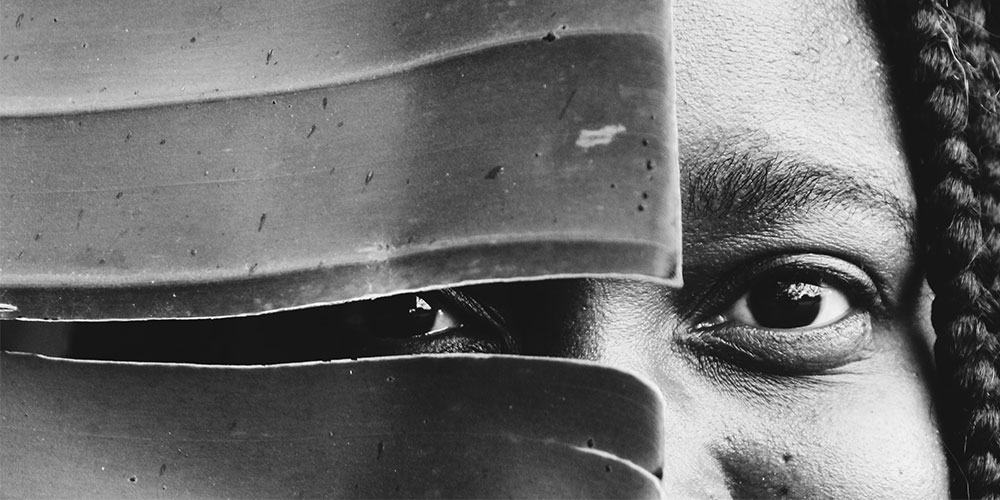
When it comes to tight braids, care needs to be taken in order for your hair not to experience any damage or discomfort. There are 8 techniques you can use that will assist with reducing pain and tension after getting them done, which involve wearing the braid down at times, using warm water therapy on the scalp as well as a cylindrical tool along with massaging essential oils into the scalp too. Plus leave-in conditioner may also help! Employing a hair steamer is another excellent option, taking some over-the-counter medication if necessary and ensuring proper communication between yourself and your hair stylist, like Virgo Hair Braiding Salon, all go towards helping maintain beautiful looking locks without suffering from undue strain.
By investing in these methods of protection beforehand when having their tresses braided, one should come away still feeling gorgeous while continuing to keep healthy hairdos too!
Keep Your Hair Down
For a painless braiding experience and to ensure healthy hair, wearing your locks down is key. Not only will this keep the tension off of your scalp that tight braids can create, but also preserves those beautiful strands too. Silk bonnets or scarves while sleeping help maintain new plaits while lessening any strain on hair follicles as well as preventing breakage from more restricting updos. To avoid it. Issues with the scalp opt for looser styled braids rather than tighter ones, allowing room for breathability which in turn prevents detrimental effects upon its healthiness overall.
Warm Water Therapy
Warm water is an ideal method to ease tight braids and achieve extended relief. A warm shower can help relax the pressure in your tight box braids, or use a wet towel gently massaged across your scalp for added comfort. Cold water may provide instant respite, but it’s warmth that will truly loosen tense locks more efficiently than any other remedy.
Remember next time you have tight box braids, turn towards the therapeutic qualities of warm liquids as they are sure to bring aid from discomfort caused by these types of hairstyles!
Utilize a Cylindrical Tool

Tight braids can be annoying, but a rat tail comb or pencil used in circular motions around the braid at the scalp may provide some relief. This simple approach could potentially loosen those taut locks and reduce discomfort without causing any harm to your hair or skin. If done correctly, this technique should make it easier to cope with tightness issues caused by hair braided styles.
Massaging with Essential Oils
When you need to reduce tightness from braids, a scalp massage using essential oils is the answer. Applying just a few drops of peppermint, tea tree oil or rosemary oil onto your fingers can help soothe and moisturize that area in discomfort. During this process, not only will there be relief but also an increase in blood flow as well as protection for natural hair against dryness and flaking while boosting its root strength. Thus giving it what it needs when looking to relieve tension from pulled-back braids!
Apply Leave-In Conditioner
To relieve tight braids, applying leave-in conditioners can be a good solution. Popular options are Mizani Miracle Milk and Shea Moisture Coconut Oil Leave-In Treatment. They both have nourishing components to keep your scalp well moisturized preventing soreness due to tightly done patches. But make sure not too much product is used near the roots as this will create an accumulation of residue which might drag down your hair style. Spritz a light layer of either stress relief spray or those with lavender oil, aloe vera and tea tree oils onto the area in morning for desired ease throughout day long on prepped scalps rather than saturating it heavily then layering more over braid strands without intention afterwords.
Use a Hair Steamer
A steamer is an effective way to loosen too tight braids and give your scalp a boost of health. The steam produced by the device focuses on problem areas for about 10 minutes at a time, opening up cuticles and follicles in order to increase elasticity while moisturizing hair strands. Regular use helps make locks stronger with better definition. It also facilitates enhanced absorption of oils or other treatment products into the hair shafts. Thus, not only can this tool provide relief from uncomfortable constraints caused by tightly bound hairstyles, but promote healthier tresses overall as well!
Take Over-the-Counter Pain Relief
Sometimes, suffering from tight braids can be extremely unpleasant. To reduce this discomfort, there are many over-the-counter pain relief options such as ibuprofen or aspirin that one may take to lessen the ache. Make sure you follow all instructions listed on the product packaging and consider consulting a doctor if required.
It is important not to depend too heavily on these medications for prolonged use though – instead have a look at some other strategies discussed in this blog post that might help with reducing tension created by your tight braids.
Communicate with Your Hairstylist
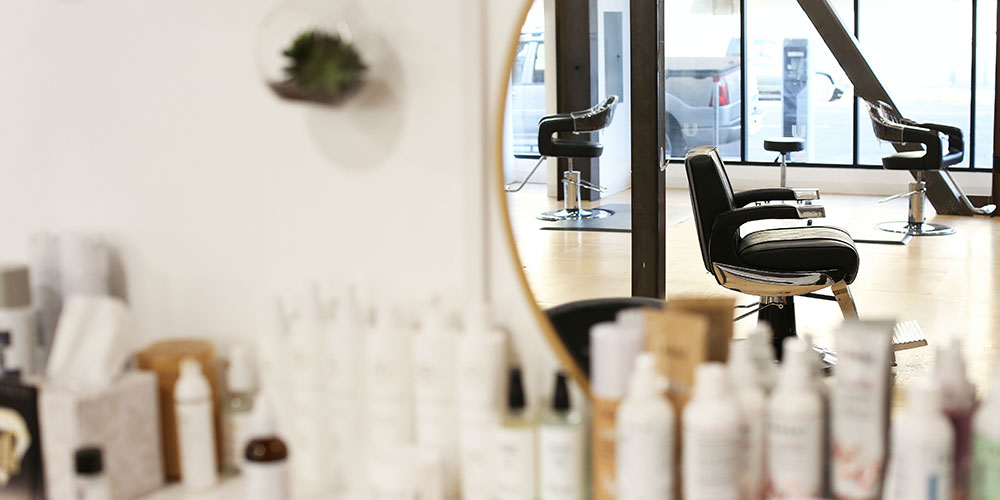
It is necessary to effectively communicate with your hair stylist for the most comfortable braids. Before starting, make sure you discuss exactly what kind of tightness and styling you want in order to ensure that your hair will look great without too much strain or discomfort. Your hairdresser wants nothing more than a satisfied client so feel free to voice any concerns during the process if something isn’t working out as desired. By making use of clear communication, not only will you have beautiful locks, but also be able to get them without worry!
Preventing Tight Braids: Tips for Healthy Hair
Braids can sometimes cause discomfort, but there are ways to prevent it from happening. In order to keep your braided style healthy and free of pain, it’s important that you use quality hair care products, avoid tight updos or other hairstyles which increase tension on the scalp, utilize a silk bonnet or scarf when sleeping as protection for your plaits. And be sure to maintain an open dialogue with whoever is styling your hair.
By following these guidelines, you will greatly reduce any potential issues due to excessive strain, meaning less headache after getting beautiful new locks!
Recognizing Signs of Excessively Tight Braids
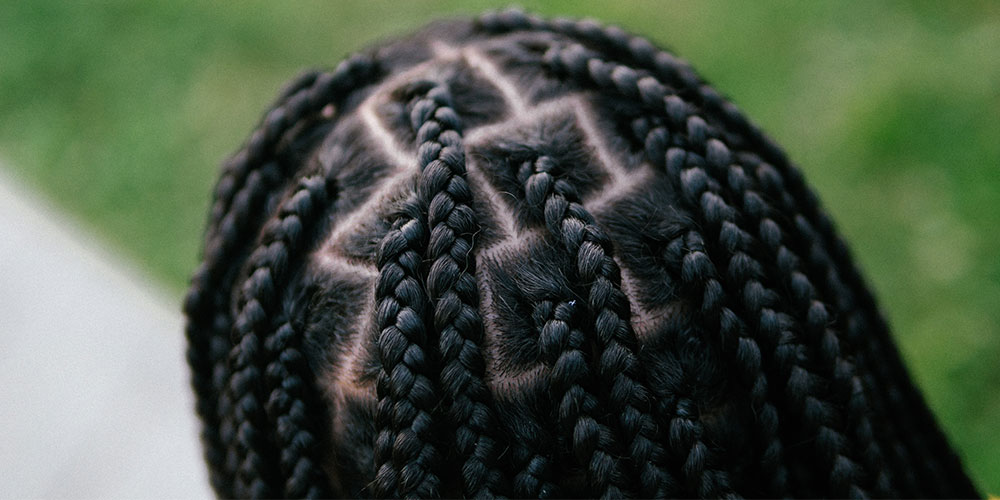
It is necessary to be aware of the signs that indicate overly tight braids in order to do whatever needs doing to relieve stress and stop any unwanted behavior. Harm. Discomfort, breakage of natural hair, excessive shedding, pain on scalp surface, scabs or bumps around the forehead are usual symptoms of tightly-braided locks.
If you notice any telltale indicators like those mentioned above, make sure you take steps needed: untangle them & look after it properly!
Remedies for Common Braid-Related Issues
If your braids are causing you pain, tightness or irritation on the scalp, there is a solution. Start by taking down these tightly-braided hairstyles and using something to detangle them without damaging the hair. Once that’s done, make sure to take some extra steps for healthier locks afterwards – such as giving your mane an invigorating clarifying shampoo treatment or deep conditioning it with conditioner. Don’t forget about using a hair steamer too! Doing all of this will ensure better looking and more comfortable braiding in future sessions.
Here’s a breakdown for future reference:
| Step | Action |
|---|---|
| 1 | Remove the tightly braided hairstyle |
| 2 | Use a detangling tool or product to carefully detangle without causing hair damage |
| 3 | Apply a clarifying shampoo to clean the hair thoroughly |
| 4 | Deep condition the hair to restore moisture and elasticity |
| 5 | Use a hair steamer for maximum hydration and to help the conditioner penetrate deeper |
| 6 | Ensure future braiding sessions are comfortable, not too tight, and result in healthier looking hair |
Summary
Finally, you can look stylish with tight braids without having to experience painful and uncomfortable sensations. This blog post has provided a few helpful tips on how to make it possible—for instance, by sleeping with your hair down or using warm water therapy, a cylindrical tool for massaging essential oils into the scalp, leave-in conditioner as well as utilizing a steamer. You may also benefit from taking over-the-counter pain relief measures if needed. Speaking up about any discomfort while getting your braids done is an important way of ensuring that they are not too tight so that lasting damage isn’t inflicted on one’s hair health and general wellbeing! Ultimately sporting these types of hairdos will be pleasant when aware of some simple steps towards protecting yourself against negative effects like soreness after styling.
Frequently Asked Questions
How do you sleep with tight braids?
When sleeping with tight braids, it’s best to use a silk or satin pillowcase or head scarf to minimize friction. If possible, try loosely tying your braids up to reduce pressure on the roots. This also helps to maintain the style and prevent potential damage.
How do you stop braid irritation?
To mitigate braid irritation, start with loosening any excessively tight braids, as they can strain your scalp. Applying a soothing, anti-itch scalp oil or spray can also provide relief. Furthermore, always ensure your hair is clean and moisturized before and after braiding.
Why is my scalp in pain after braiding hair?
Scalp pain after braiding usually results from braids being too tight, causing tension on the hair follicles. Over time, this tension can lead to headaches or even hair loss. It’s important to inform your stylist if you’re experiencing discomfort during the braiding process.
How do you treat hair after braiding it?
After braiding, keep your hair moisturized and well-nourished. A lightweight hair oil or leave-in conditioner can help to keep the hair supple and prevent dryness. Also, remember to protect your braids while sleeping by covering them with a satin or silk scarf.
How often should you wash braids?
For optimal hair and scalp health, it’s recommended to wash your braids every 7 to 14 days. Using a gentle, sulfate-free shampoo will help clean your hair without stripping it of its natural oils. For more information, check out our other article “How to wash braiding hair“.

